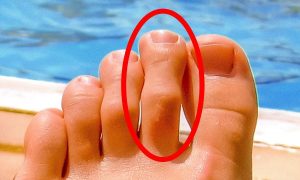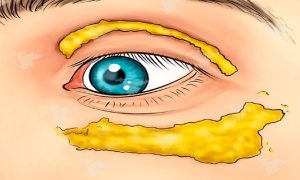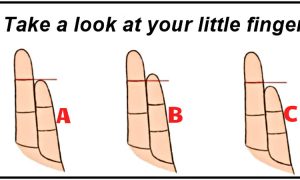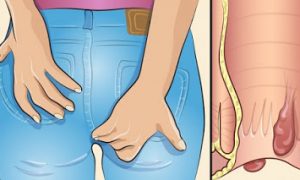Insulin resistance could be the reason you are having trouble losing weight. If you have a love/hate relationship with carbs, read this article to find out if you have or are at risk for insulin resistance.
Do you have insulin resistance? It’s hard to simply answer yes or no, even with a proper diagnosis.
Diagnosing Insulin Resistance
Before providing you the insulin resistance self-test, there are a few ways your Dr. can provide diagnosis of insulin resistance. These tests aren’t always conclusive and many times provide false-positives and/or false negatives.
Let’s take a look at 4 tests you could have your Dr. prescribe:
1. Waist Circumference
A relatively simple test that determines if you have a waist measurement greater than 35 inches.
2. Fasting Glucose Levels
One of the most common tests done that measure glucose levels after you’ve fasted for a few hours. If your blood sugar is higher than normal (75-100 mg/dl) you could have insulin resistance.
3. Fasting Insulin Levels
In this test, levels of insulin are measured in the blood after fasting, instead of glucose. A fasting insulin level higher than 10 uIU/ml is an indicator of insulin resistance.
4. Glucose Tolerance Tests
A complicated test that requires many blood tests throughout the day. This test is done if diabetes or hypoglycemia is suspected. Make sure your insulin levels are also tested if your Dr. suggests this particular test.
The problem with most tests is they don’t reveal the entire picture and false-positives and false-negatives are very common.
The best way to begin your self-diagnosis for insulin resistance is to run through a quick symptom questionnaire, like the one below.
If you score high, then you probably have insulin and blood sugar issues that you should have addressed.
Read through the self-test list of health conditions and put a check by any items that apply to you.
21 Symptoms of Insulin Resistance
Do you have no or have you ever had any of the following?
- A family history of diabetes, overweight problems, abnormal cholesterol or triglycerides, heart disease, or stroke
- Frequent cravings for sweet or salty, crunchy snack food
- The need to eat often or eat excessive amounts of food
- A difficult time losing weight even if you exercise or cut back on your food intake
- A problem with weight gain even when eating small amounts of food
- Weight gain mostly around your waist
- Skin tags (small, painless, flappy skin growths) on your neck, chest, breasts, groin area, or underarms
- A history of irregular menstrual periods, especially skipping months
- A history of a polycystic ovarian disease
- High triglyceride levels
- Low HDL-cholesterol (the “good” cholesterol) levels (less than 35 mg/dl)
- High LDL-cholesterol (the “bad” cholesterol) levels (more than130 mg/dl)
- High or borderline high blood pressure
- Waist measurement of more than 53 inches
- The feeling that you are addicted to carbohydrates
- The feeling that you have no willpower when it comes to dieting
- Jitteriness, difficulty thinking, headaches, nausea that goes away when you eat
- Hypoglycemia
- Afternoon fatigue
- A Body Mass Index (BMI) of 30 or higher
- You are least 15 pounds overweight
If you marked a check beside 3 or more of these questions you are likely to have insulin resistance. The more checks you have, the more likely you are affected.
The Causes Of Insulin Resistance
There are several reasons for excess insulin, but these are the main culprits:
- Consuming too many nutrient-poor carbohydrates – the type found in processed foods, sugary drinks, and sodas; foods containing high-fructose corn syrup; packaged low-fat foods; excess use of sugar, fake honey, etc…
- Insufficient protein intake and/or poor quality protein intake
- Inadequate fat intake and/or poor quality inflammatory fat intake
- Low fiber consumption
- Stress
- Inactivity, lack of good quality exercise
- Catabolism (anything that causes muscle loss, like over-exercising, under-exercising, excess cortisol, stress, etc…)
- Sluggish liver and/or excess toxins
- Aging, excess oxidative stress/free radical production
Besides turning you into a walking (miserable) fat-storing machine, excess insulin will also make you feel sick. Heart palpitations, excess sweating (or lack of), poor concentration, weakness, anxiety, brain fog, fatigue, irritability, and impaired thinking and cognitive function.
Not to mention, if you have even the slightest bit of resistance to insulin, it will be almost impossible for you to lose unwanted fat.






















